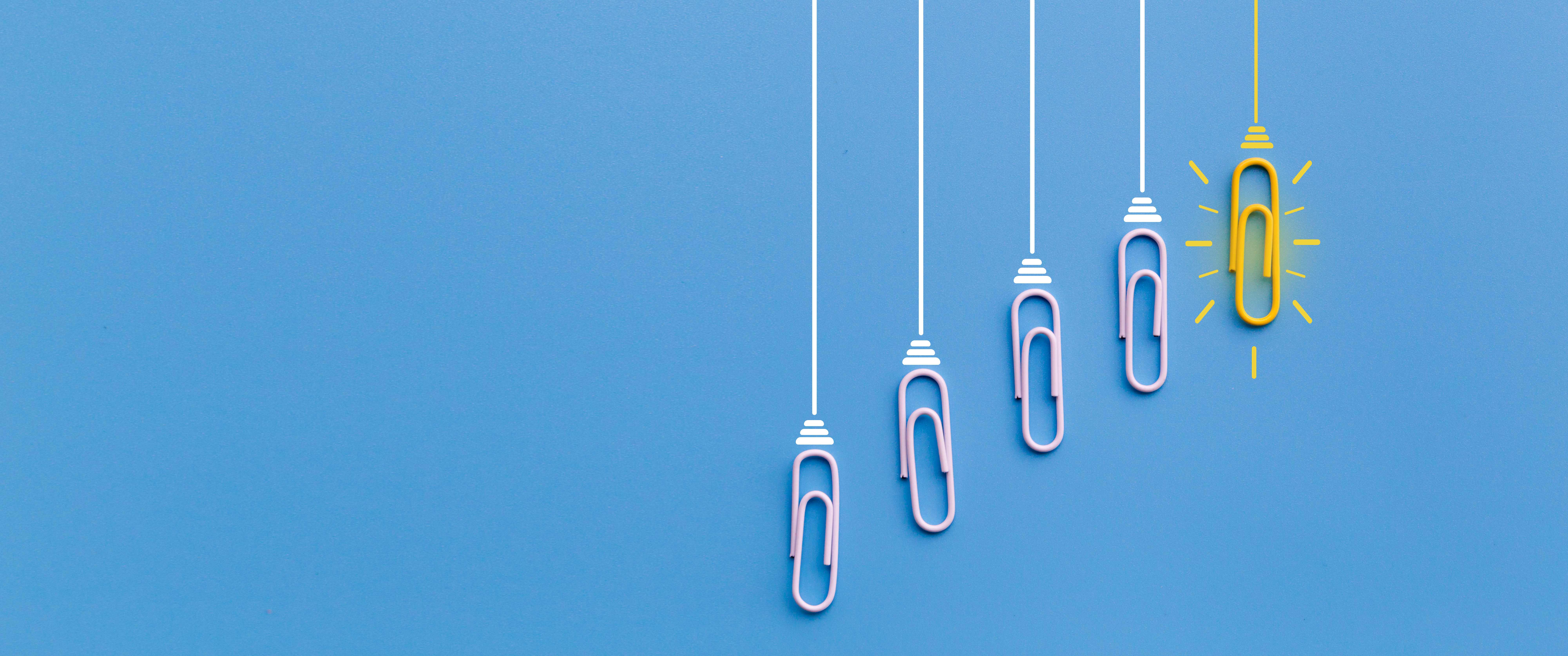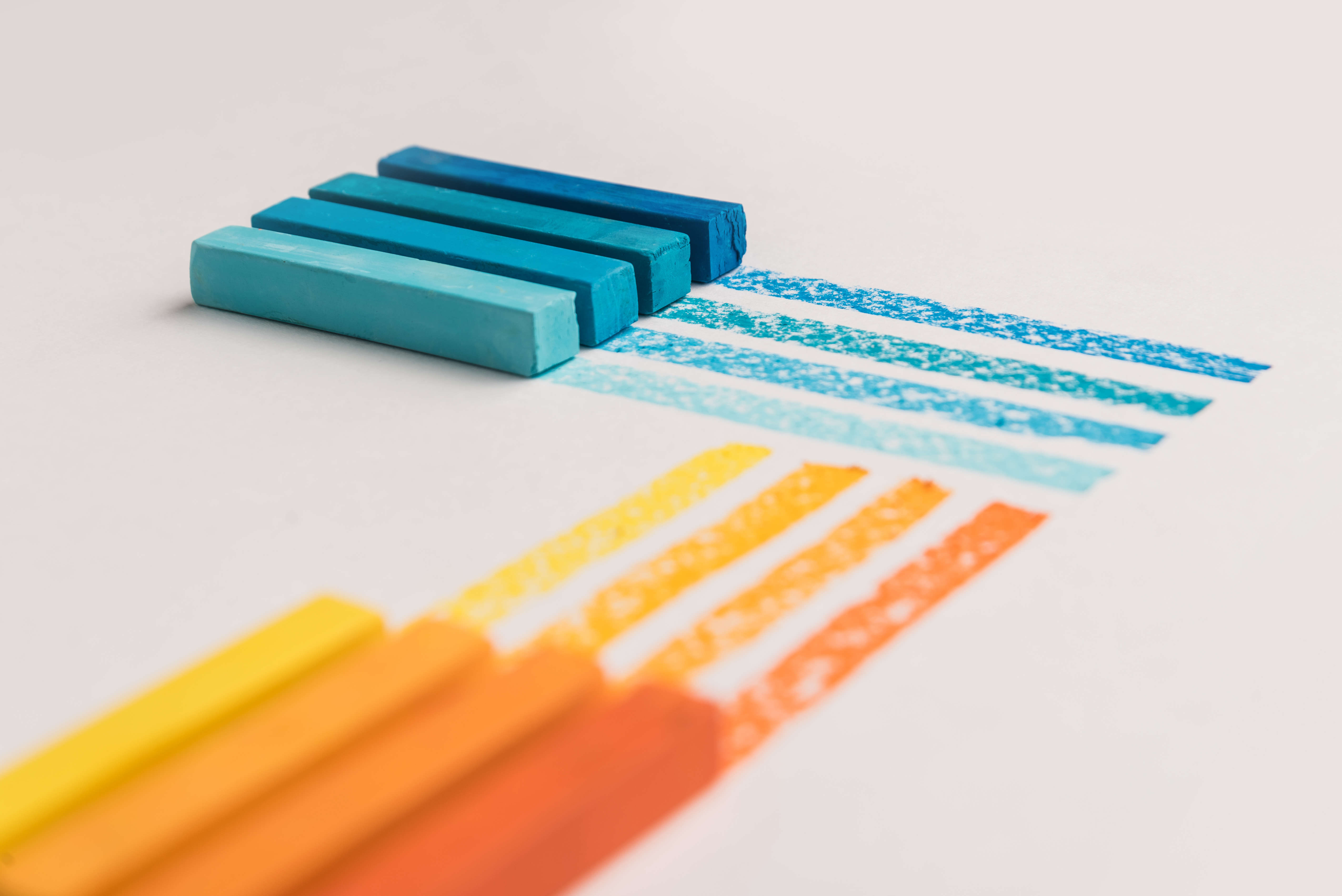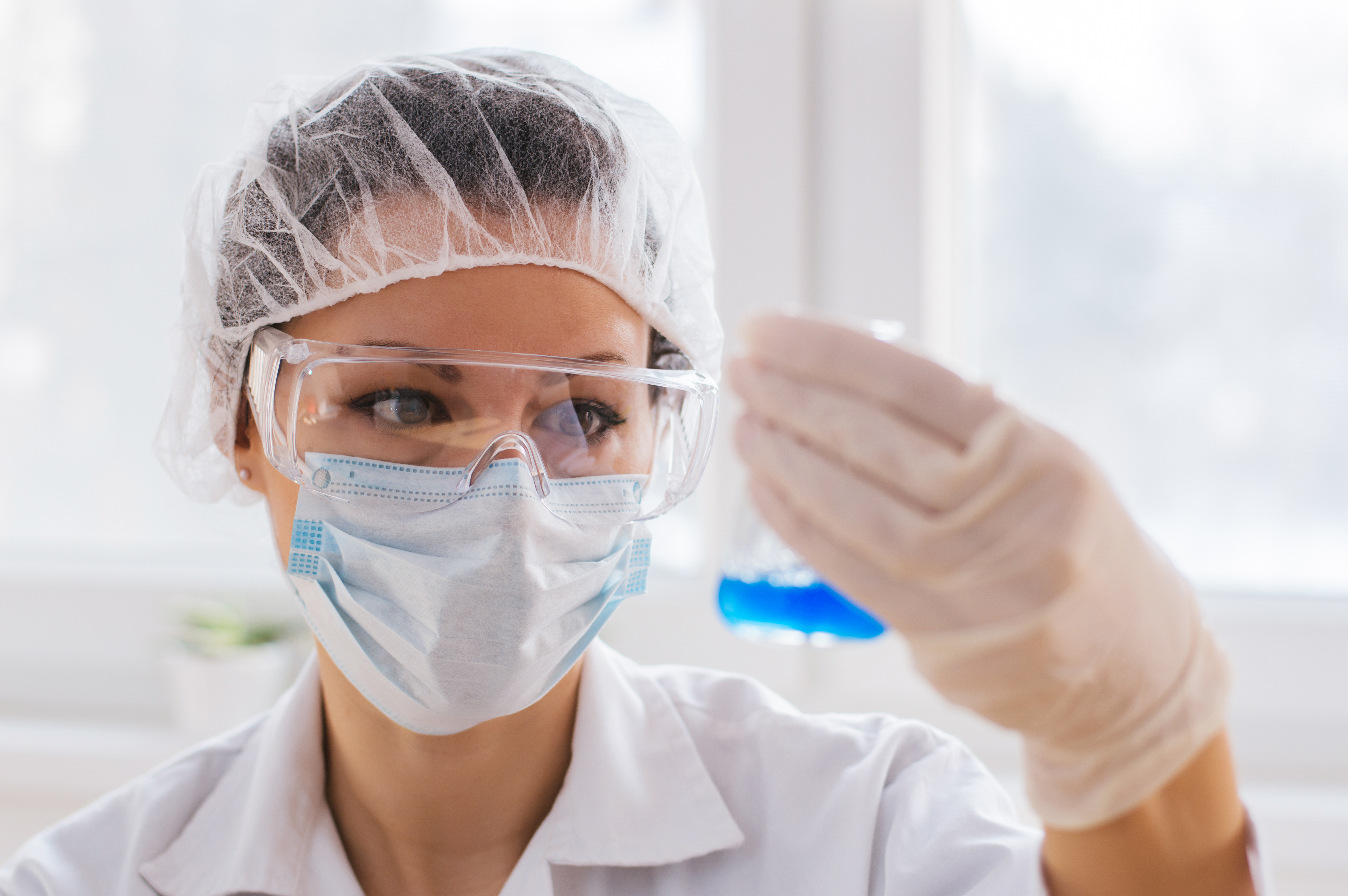We found 26 results that contain "art"
Posted on: #iteachmsu



Posted by
over 1 year ago

Natural resources are the raw materials and sources of energy that we use. Petrol, metals, soil, sand, wind, water, and everything in between are natural resources. Manufactured items such as plastic, sheet metal, fabrics, microchips, electricity and concrete are not natural resources, but are most definitely derived from natural resources.
Natural resources are the raw materials and sources of energy that we use.
Petrol, metals, soil, sand, wind, water and everything in between are natural resources. Manufactured items such as plastic, sheet metal, fabrics, microchips, electricity and concrete are not natural resources, but are most definitely derived from natural resources.
Think about the relationship between natural resources and manufactured products. In essence, we call them “natural” resources because they are things human society uses that are created (or were created in the case of fossil fuels) without human intervention.
Perpetually Renewable Resources
Perpetually renewable resources are the easiest resources to understand; these are natural resources that are constantly replenished by the Sun’s and Earth’s natural processes. For example, every day the sun delivers an average of 198 Watts of energy to every square meter (m
) of the Earth’s surface. For comparison a standard incandescent light bulb in a bedside lamp uses 40 Watts, or a 100kg person climbing a step in 2 seconds uses roughly 200 Watts. Every day without fail for the last 5 billion years (plus or minus a few hundred million years) the Sun has delivered this solar energy.
Together with geothermal energy (heat from the Earth’s interior), the Sun’s perpetual energy powers the winds, ocean currents, precipitation and most of the Earth’s plant life. Solar and geothermal natural resources currently energise a significant and growing percentage of many nations’ electrical grids. It is perpetually renewable in the sense that no matter how much we use in terms of human time-scales (e.g decades to millennia), the Sun and the Earth will always make more.
Intermediate Renewable Resources
Intermediate renewable resources are only renewable resources if we don’t use them too quickly. They are resources such as freshwater, soil, crops and trees for timber. If we didn’t use them, they would be perpetually renewable, but because they require time (on human time-scales) to regenerate or grow, we can overuse them until they are no longer available.
Freshwater is a great example of an intermediate renewable resource. Through the water cycle, the sun evaporates water from the surface of saltwater oceans that travels over land and falls back to earth as freshwater rain. This rain fills the lakes, rivers and aquifers we use for agriculture, industry and drinking water. If we use this freshwater at the same rate as the rain recharging it, then we won’t run out. If we use the freshwater faster than it recharges, then we will. Intermediate renewable resources must be carefully managed to ensure they are not depleted.
Non-renewable Resources
The last category of natural resources are the non-renewables. These are resources that will not regenerate on human time-scales. Once they have been depleted they will no longer be available and no more will be made. The most common examples of non-renewable resources are fossil fuels, so-called because most were created by processes that take millions of years. Fossil fuels include crude oil, natural gas, coal and uranium. Other non-renewable resources include metals, lithium and rare-Earth elements (REE’s), but it’s important to remember that while we may eventually run out of mineable metals and REE’s, with careful waste management, these can be recovered through recycling. However, it is not the same for fossil fuels as using them for energy alters their chemistry so they are no longer useful.
Natural resources are the raw materials and sources of energy that we use.
Petrol, metals, soil, sand, wind, water and everything in between are natural resources. Manufactured items such as plastic, sheet metal, fabrics, microchips, electricity and concrete are not natural resources, but are most definitely derived from natural resources.
Think about the relationship between natural resources and manufactured products. In essence, we call them “natural” resources because they are things human society uses that are created (or were created in the case of fossil fuels) without human intervention.
Perpetually Renewable Resources
Perpetually renewable resources are the easiest resources to understand; these are natural resources that are constantly replenished by the Sun’s and Earth’s natural processes. For example, every day the sun delivers an average of 198 Watts of energy to every square meter (m
) of the Earth’s surface. For comparison a standard incandescent light bulb in a bedside lamp uses 40 Watts, or a 100kg person climbing a step in 2 seconds uses roughly 200 Watts. Every day without fail for the last 5 billion years (plus or minus a few hundred million years) the Sun has delivered this solar energy.
Together with geothermal energy (heat from the Earth’s interior), the Sun’s perpetual energy powers the winds, ocean currents, precipitation and most of the Earth’s plant life. Solar and geothermal natural resources currently energise a significant and growing percentage of many nations’ electrical grids. It is perpetually renewable in the sense that no matter how much we use in terms of human time-scales (e.g decades to millennia), the Sun and the Earth will always make more.
Intermediate Renewable Resources
Intermediate renewable resources are only renewable resources if we don’t use them too quickly. They are resources such as freshwater, soil, crops and trees for timber. If we didn’t use them, they would be perpetually renewable, but because they require time (on human time-scales) to regenerate or grow, we can overuse them until they are no longer available.
Freshwater is a great example of an intermediate renewable resource. Through the water cycle, the sun evaporates water from the surface of saltwater oceans that travels over land and falls back to earth as freshwater rain. This rain fills the lakes, rivers and aquifers we use for agriculture, industry and drinking water. If we use this freshwater at the same rate as the rain recharging it, then we won’t run out. If we use the freshwater faster than it recharges, then we will. Intermediate renewable resources must be carefully managed to ensure they are not depleted.
Non-renewable Resources
The last category of natural resources are the non-renewables. These are resources that will not regenerate on human time-scales. Once they have been depleted they will no longer be available and no more will be made. The most common examples of non-renewable resources are fossil fuels, so-called because most were created by processes that take millions of years. Fossil fuels include crude oil, natural gas, coal and uranium. Other non-renewable resources include metals, lithium and rare-Earth elements (REE’s), but it’s important to remember that while we may eventually run out of mineable metals and REE’s, with careful waste management, these can be recovered through recycling. However, it is not the same for fossil fuels as using them for energy alters their chemistry so they are no longer useful.
Disciplinary Content
Posted on: #iteachmsu



Posted by
over 1 year ago

Types of cholesterol
There are two primary types of cholesterol: low-density lipoprotein (LDL) and high-density lipoprotein (HDL). While people often refer to LDL as “bad” cholesterol, HDL is known as “good” cholesterol.
Most of Trusted Source the body’s cholesterol is LDL. High levels of LDL can cause fatty deposits called plaque to accumulate in the walls of blood vessels. Over time, this can cause the narrowing of the arteries, blocking blood flow and increasing a person’s risk of heart attack and stroke.
High LDL may stem fromTrusted Source a combination of genetic factors and lifestyle habits.
Conversely, HDL reduces the buildup of plaque in blood vessels. It absorbs cholesterol and brings it to the liver, which removes it from the body.
Having high levels of HDL can reduce a person’s risk of a heart attack and stroke.
There are two primary types of cholesterol: low-density lipoprotein (LDL) and high-density lipoprotein (HDL). While people often refer to LDL as “bad” cholesterol, HDL is known as “good” cholesterol.
Most of Trusted Source the body’s cholesterol is LDL. High levels of LDL can cause fatty deposits called plaque to accumulate in the walls of blood vessels. Over time, this can cause the narrowing of the arteries, blocking blood flow and increasing a person’s risk of heart attack and stroke.
High LDL may stem fromTrusted Source a combination of genetic factors and lifestyle habits.
Conversely, HDL reduces the buildup of plaque in blood vessels. It absorbs cholesterol and brings it to the liver, which removes it from the body.
Having high levels of HDL can reduce a person’s risk of a heart attack and stroke.
Disciplinary Content
Posted on: Smoke test group



Posted by
2 months ago

A healthy diet chart typically includes a variety of foods from different food groups, emphasizing fruits, vegetables, whole grains, lean proteins, and healthy fats. It also focuses on portion control and mindful eating. A sample 7-day diet chart could include options like oatmeal with berries and nuts for breakfast, grilled chicken salad for lunch, and salmon with sweet potatoes for dinner.
Here's a more detailed breakdown of what a healthy diet chart might look like, including examples of meals:
Key Components of a Healthy Diet:
Fruits and Vegetables: Aim for a variety of colors and types. They are rich in vitamins, minerals, fiber, and antioxidants.
Whole Grains: Choose brown rice, quinoa, oats, whole-wheat bread, and other whole grains over refined grains.
Lean Proteins: Include sources like chicken, fish, beans, lentils, tofu, and low-fat dairy products.
Healthy Fats: Opt for sources like avocados, nuts, seeds, and olive oil.
Hydration: Drink plenty of water, and limit sugary drinks.
Limit Processed Foods, Sugary Drinks, and Saturated Fats: These can contribute to health problems.
Here's a more detailed breakdown of what a healthy diet chart might look like, including examples of meals:
Key Components of a Healthy Diet:
Fruits and Vegetables: Aim for a variety of colors and types. They are rich in vitamins, minerals, fiber, and antioxidants.
Whole Grains: Choose brown rice, quinoa, oats, whole-wheat bread, and other whole grains over refined grains.
Lean Proteins: Include sources like chicken, fish, beans, lentils, tofu, and low-fat dairy products.
Healthy Fats: Opt for sources like avocados, nuts, seeds, and olive oil.
Hydration: Drink plenty of water, and limit sugary drinks.
Limit Processed Foods, Sugary Drinks, and Saturated Fats: These can contribute to health problems.
Justice and Belonging
Posted on: #iteachmsu



Posted by
4 months ago

The IoT-Based Smart Farming Cycle
The core of IoT is the data you can draw from things and transmit over the internet. To optimize the farming process, IoT devices installed on a farm should collect and process data in a repetitive cycle that enables farmers to react quickly to emerging issues and changes in ambient conditions. Smart farming follows a cycle similar to this one:
1. Observation . Sensors record observational data from the crops, livestock, soil, or atmosphere.
2. Diagnostics. The sensor values are fed to a cloud-hosted IoT platform with predefined decision rules and models—also called "business logic"—that ascertain the condition of the examined object and identify any deficiencies or needs.
3. Decisions . The user and/or the machine learning-driven components of the IoT platform assess the revealed issues to decide if location-specific treatment is necessary.
4. Action . After end-user evaluation and action, the cycle repeats from the beginning.
The core of IoT is the data you can draw from things and transmit over the internet. To optimize the farming process, IoT devices installed on a farm should collect and process data in a repetitive cycle that enables farmers to react quickly to emerging issues and changes in ambient conditions. Smart farming follows a cycle similar to this one:
1. Observation . Sensors record observational data from the crops, livestock, soil, or atmosphere.
2. Diagnostics. The sensor values are fed to a cloud-hosted IoT platform with predefined decision rules and models—also called "business logic"—that ascertain the condition of the examined object and identify any deficiencies or needs.
3. Decisions . The user and/or the machine learning-driven components of the IoT platform assess the revealed issues to decide if location-specific treatment is necessary.
4. Action . After end-user evaluation and action, the cycle repeats from the beginning.
Disciplinary Content
Posted on: Smoke test group : What is Smart Farming? It's The Future of Agriculture -- edited


Posted by
5 months ago
The IoT-Based Smart Farming Cycle
The core of IoT is the data you can draw from things and transmit over the internet. To optimize the farming process, IoT devices installed on a farm should collect and process data in a repetitive cycle that enables farmers to react quickly to emerging issues and changes in ambient conditions. Smart farming follows a cycle similar to this one:
1. Observation . Sensors record observational data from the crops, livestock, soil, or atmosphere.
2. Diagnostics. The sensor values are fed to a cloud-hosted IoT platform with predefined decision rules and models—also called "business logic"—that ascertain the condition of the examined object and identify any deficiencies or needs.
3. Decisions . The user and/or the machine learning-driven components of the IoT platform assess the revealed issues to decide if location-specific treatment is necessary.
4. Action . After end-user evaluation and action, the cycle repeats from the beginning.
The core of IoT is the data you can draw from things and transmit over the internet. To optimize the farming process, IoT devices installed on a farm should collect and process data in a repetitive cycle that enables farmers to react quickly to emerging issues and changes in ambient conditions. Smart farming follows a cycle similar to this one:
1. Observation . Sensors record observational data from the crops, livestock, soil, or atmosphere.
2. Diagnostics. The sensor values are fed to a cloud-hosted IoT platform with predefined decision rules and models—also called "business logic"—that ascertain the condition of the examined object and identify any deficiencies or needs.
3. Decisions . The user and/or the machine learning-driven components of the IoT platform assess the revealed issues to decide if location-specific treatment is necessary.
4. Action . After end-user evaluation and action, the cycle repeats from the beginning.
Posted on: #iteachmsu


Posted by
about 2 months ago
By chathu:
“Start an adopt-a-tree program. This allows farmers to do what they do best—grow things. To start, you’ll need to have a simple website. But if you run a farm, you should have one anyway. The next thing you’ll need are the actual trees and the tools to plant them. Invest in a good quality camera to take pictures of the trees for the people adopting them. Take pictures when you plant them and as they grow to use as proof that you planted the trees. Finally, have certificates printed up to show adoption of the trees and ones that are to be given as a gift or memorial.”
“Start an adopt-a-tree program. This allows farmers to do what they do best—grow things. To start, you’ll need to have a simple website. But if you run a farm, you should have one anyway. The next thing you’ll need are the actual trees and the tools to plant them. Invest in a good quality camera to take pictures of the trees for the people adopting them. Take pictures when you plant them and as they grow to use as proof that you planted the trees. Finally, have certificates printed up to show adoption of the trees and ones that are to be given as a gift or memorial.”
Assessing Learning
Posted on: Smoke test group on UAT from Venturit team



Posted by
6 months ago

Smoke test post from venturit team..
Every single one of the top ten best-selling smartphones globally is from one of just two companies: Apple and Samsung. Counterpoint Research just released its report on the top ten best-selling phones, and it’s a pretty familiar story from last year: Apple and Samsung cleaned up.
One change: people are spending more for iPhones, with Apple’s pricy Pro line growing to represent half of all iPhone sales so far this year, up from just 24% in 2023. It’s not just the Pro models that are doing well: Apple’s bigger Max models are also cleaning up, a sign that people increasingly want larger smartphones, says Counterpoint.
Here are the top 10 best-selling models of smartphones globally for Q1 2024, along with the percentage of total smartphone sales they captured:
iPhone 15 Pro Max: 4.4%
iPhone 15: 4.3%
iPhone 15 Pro: 3.7%
iPhone 14: 1.9%
Galaxy S24 Ultra: 1.9%
Galaxy A15 5G: 1.5%
Galaxy A54: 1.4%
iPhone 15 Plus: 1.3%
Galaxy S24: 1.0%
Galaxy A34: 1.0%
Every single one of the top ten best-selling smartphones globally is from one of just two companies: Apple and Samsung. Counterpoint Research just released its report on the top ten best-selling phones, and it’s a pretty familiar story from last year: Apple and Samsung cleaned up.
One change: people are spending more for iPhones, with Apple’s pricy Pro line growing to represent half of all iPhone sales so far this year, up from just 24% in 2023. It’s not just the Pro models that are doing well: Apple’s bigger Max models are also cleaning up, a sign that people increasingly want larger smartphones, says Counterpoint.
Here are the top 10 best-selling models of smartphones globally for Q1 2024, along with the percentage of total smartphone sales they captured:
iPhone 15 Pro Max: 4.4%
iPhone 15: 4.3%
iPhone 15 Pro: 3.7%
iPhone 14: 1.9%
Galaxy S24 Ultra: 1.9%
Galaxy A15 5G: 1.5%
Galaxy A54: 1.4%
iPhone 15 Plus: 1.3%
Galaxy S24: 1.0%
Galaxy A34: 1.0%
Disciplinary Content
Posted on: Smoke test group : What is Smart Farming? It's The Future of Agriculture -- edited



Posted by
5 months ago

Smoke test: The Internet of Things (IoT) has provided ways to improve nearly every industry imaginable. In agriculture, IoT has not only provided solutions to often time-consuming and tedious tasks but is totally changing the way we think about agriculture. What exactly is a smart farm, though? Here is a rundown of what smart farming is and how it's changing agriculture.
What is a Smart Farm?
Smart farming refers to managing farms using modern Information and communication technologies to increase the quantity and quality of products while optimizing the human labor required.
Among the technologies available for present-day farmers are:
Sensors: soil, water, light, humidity, temperature management
Software: specialized software solutions that target specific farm types or applications agnostic IoT platforms
Connectivity: cellular, LoRa
Location: GPS, Satellite
Robotics: Autonomous tractors, processing facilities
Data analytics: standalone analytics solutions, data pipelines for downstream solutions -- edited
What is a Smart Farm?
Smart farming refers to managing farms using modern Information and communication technologies to increase the quantity and quality of products while optimizing the human labor required.
Among the technologies available for present-day farmers are:
Sensors: soil, water, light, humidity, temperature management
Software: specialized software solutions that target specific farm types or applications agnostic IoT platforms
Connectivity: cellular, LoRa
Location: GPS, Satellite
Robotics: Autonomous tractors, processing facilities
Data analytics: standalone analytics solutions, data pipelines for downstream solutions -- edited
